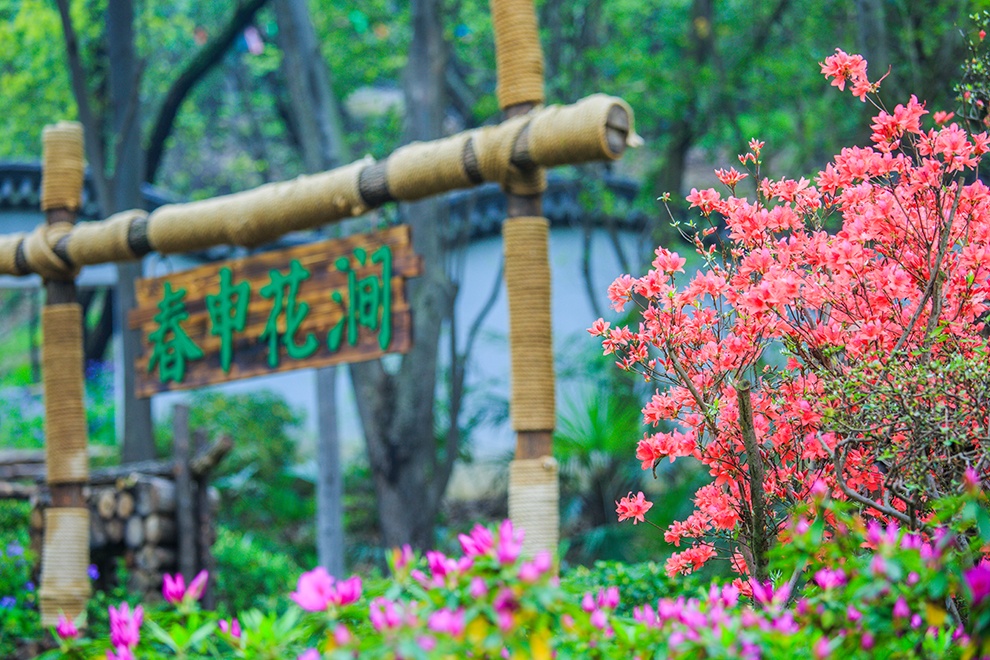 Tourist attractions
Tourist attractions
Scenic spot
-
Ancient Huishan Town
Ancient Huishan Town is surrounded by some ancient streets such as Qinyuan Street, Xiuzhang Street, Upper and Lower Hetang, which highlights Wu culture of Jiangnan.
View More -
Jichang Garden
Jichang Garden was built in the fifteenth year of Zhengde period of the Ming dynasty (1520), and got flourishing since Wanli period of the Ming dynasty to Kangxi and Qianlong period of the Qing dynasty.
View More -
The World Second Best Spring
Huishan has many springs, among which the most famous is the World Second Best Spring. In May 2006, it was included by the State Council in state priority protected sites.
View More -
Huishan Temple
Huishan Temple Garden preserves a large number of cultural relics, including the “state priority protected site” Sutra Stele from the Tang and Song dynasties, "provincial protected site" Jinlian Bridge from the Song dynasty, ancient ginkgo from
View More -
Wuxi China Clay Figurines Museum
Wuxi China Clay Figurines Museum is located in ancient Huishan town. It is a museum mainly on the exhibition theme of clay figurine crafts. Its architectural outline was designed by the famous Japanese architect Kuma Kawai.
View More -
Yugong Valley
Yugong Valley is a garden from the Ming dynasty enjoying the same fame as Jicang Garden. It was purchased by Zou Diguang in the fifteenth year of Wanli period (1587).
View More -
China Azalea Garden
China Azalea Garden is mainly for seeing azalea flowers. It is China’s azalea species resources gene pool and an important azalea breeding base and exhibition center in China.
View More -
Erquan Academy
It was built by Shao Bao from Wuxi in the eleventh year of Zhengde period of the Ming dynasty (1516). It contents 15 scenic spots including Dianyi Platform and Haitian Stone House.
View More -
Hongwu Ancient Ginkgo
It is located in the south of Tingsong Pavilion, about 600 years old, and currently the oldest longevity tree in Wuxi City.
View More -
Chunshen Gully
According to legend, It got the name after Lord of Chunshen Huang Xie who watered horse at this gully in the late Warring States period, also known as Huanggong Gully.
View More

















